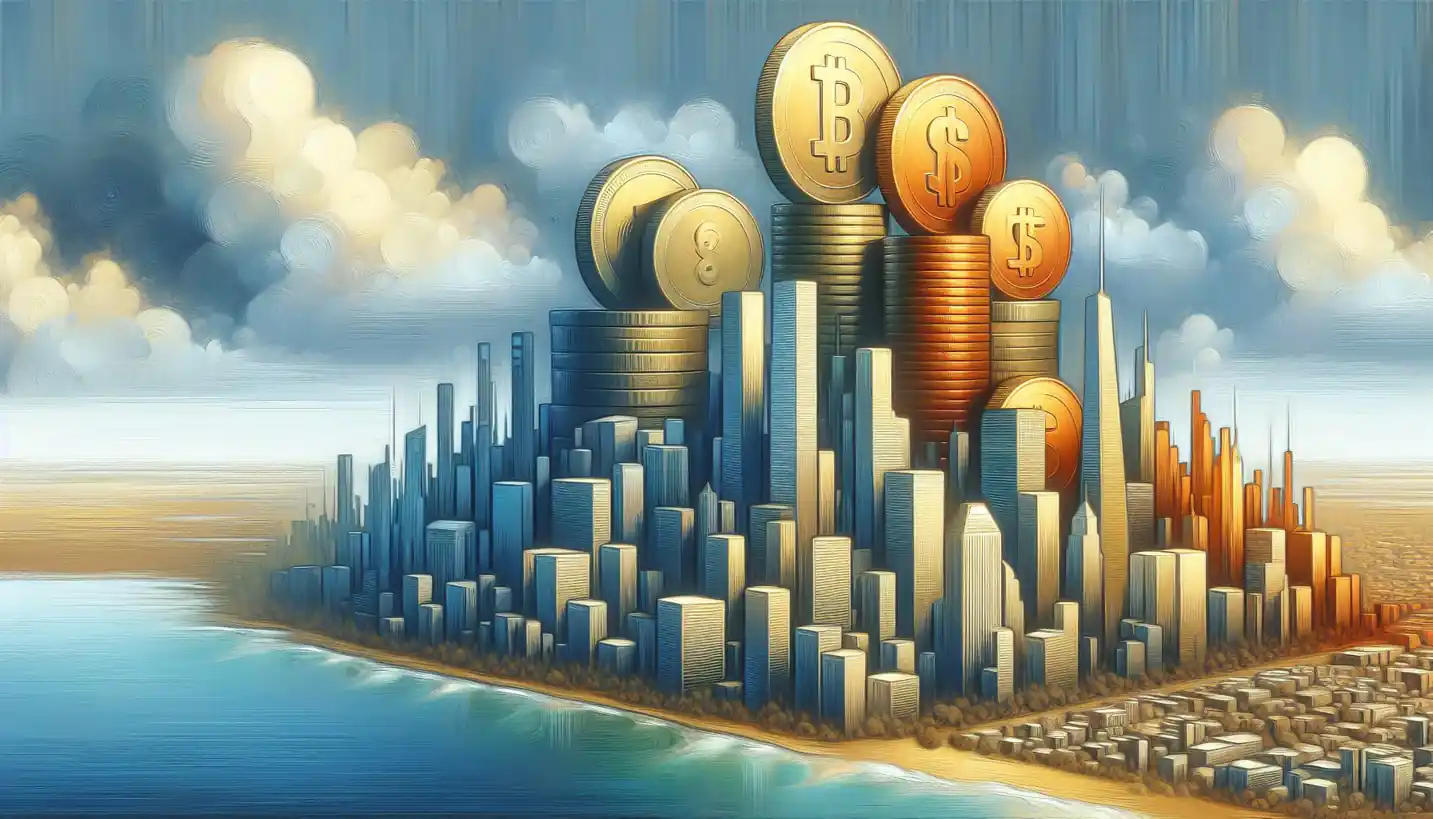· Economics · 5 min read
Exchange Rate Regime: Navigating the Complex World of International Economics
Navigate the complex exchange rate regime and its influence on global trade. Find out how different systems impact your economy.

Pause for a moment and picture the global marketplace as a sprawling bazaar. In this bazaar, traders from different lands speak various languages, but all share one universal currency: the exchange rate. The exchange rate regime is like the rules of the game, determining how currencies from different countries shuffle, dance, and swap places.
What Is an Exchange Rate?
First, let’s break it down to its core. The exchange rate is the price of one country’s currency in terms of another. Imagine you’re planning a vacation to Japan. You would need to exchange your dollars for yen. The rate at which you do this conversion determines how much bang you get for your buck. This rate isn’t static; it fluctuates based on a myriad of factors, much like the stock market does.
Different Types of Exchange Rate Regimes
Now, onto the main stage: the exchange rate regimes. Think of these as the backstage instructions guiding the performance of the global currency show. There are three primary types of regimes: fixed, floating, and pegged (or managed float).
Fixed Exchange Rate
In a fixed exchange rate regime, a country’s currency is tied to another major currency, like the US dollar or gold. Picture a pair of synchronized swimmers; their movements are tightly coordinated. This system was famously used during the Bretton Woods era post-World War II. Countries believed this would foster stability and make international trading less risky. The downside? It can be like forcing a square peg into a round hole, especially if economic conditions change drastically.
Floating Exchange Rate
On the other hand, the floating exchange rate regime is akin to a kite. It soars and swoops with the wind, representing supply and demand dynamics. Most developed countries, like the US, UK, and Canada, use this system. The market decides the currency’s value, which reflects economic indicators such as interest rates, inflation, and political stability. However, this can lead to unpredictability, making international business a bit of a gamble.
Pegged (Managed Float) Exchange Rate
Finally, a pegged or managed float is something of a hybrid. Imagine a parent holding their child’s hand while they wade through a flowing stream. The child (currency) can move, but the parent (government) can pull them back to safety if necessary. Countries might choose this to combine benefits of both fixed and floating regimes, providing some stability while allowing flexibility. China has used this method, pegging the yuan to a basket of currencies.
Why Do Countries Choose Different Regimes?
Selecting an exchange rate regime is akin to choosing a car—safety features, speed, and cost all factor into the decision. Countries often choose based on economic size, openness to trade, and financial market development.
Small economies reliant on trade might opt for a fixed rate to eliminate foreign exchange risk, fostering a stable trade environment. Larger economies with diverse economic activities might favor a floating rate to absorb external shocks, letting them use monetary policy more freely to manage inflation and employment.
The Role of Central Banks
Central banks are the unsung heroes or perhaps the puppet masters. In a fixed regime, they intervene frequently, buying or selling their own currency to maintain the desired rate. Think of them as stage managers ensuring the play goes on smoothly. In floating regimes, they might still occasionally step in to steady the ship during turbulent times.
Real-World Challenges and Considerations
Handling exchange rates involves more than balancing a checkbook. It’s a high-stakes game with international implications. Exchange rate regimes can affect inflation, unemployment, and overall economic growth. Moreover, globalization has interlinked economies, so a ripple in one country can lead to waves in another.
For example, currency crises often result when a fixed regime is under strain, such as the Argentinian crisis in the early 2000s. Conversely, in a floating system, abrupt movements can lead to loss of confidence, investment withdrawal, and economic slowdown.
The Future of Exchange Rate Regimes
Where do we go from here? The future of exchange rate regimes is as uncertain as predicting the next big hit song. Some anticipate a shift towards more managed floats as economies strive for balance between stability and flexibility. Others argue the rise of digital currencies could disrupt traditional frameworks, introducing a new era of economic interactivity and independence.
Open-ended questions linger: How will emerging markets shape their currency policies amidst global pressure? What role will technology and digital currencies play in this landscape?
Conclusion
Exchange rate regimes are not just a concept confined to textbooks. They are living, breathing components of the world economy, influencing every aspect from the price of coffee at your local café to the stock market’s daily fluctuations. They are about navigating complexities and choosing the best path for economic prosperity.
In this intricate dance of currencies, perhaps the most important lesson is adaptability. As countries and economies evolve, so too must the systems that govern them. By understanding exchange rate regimes, we become more informed participants in the vast global bazaar, ready to engage and think critically about the economic forces shaping our world.



